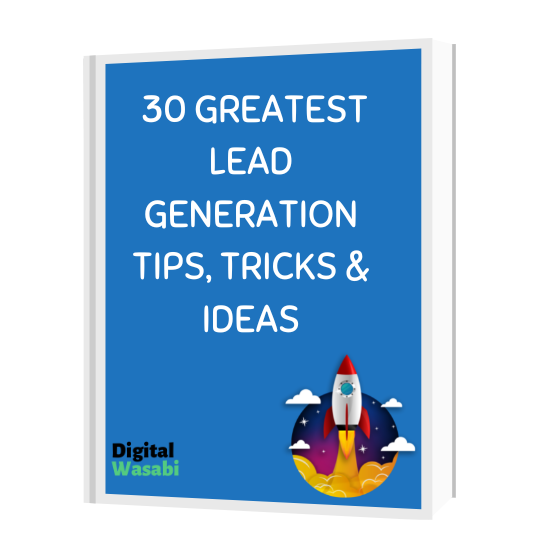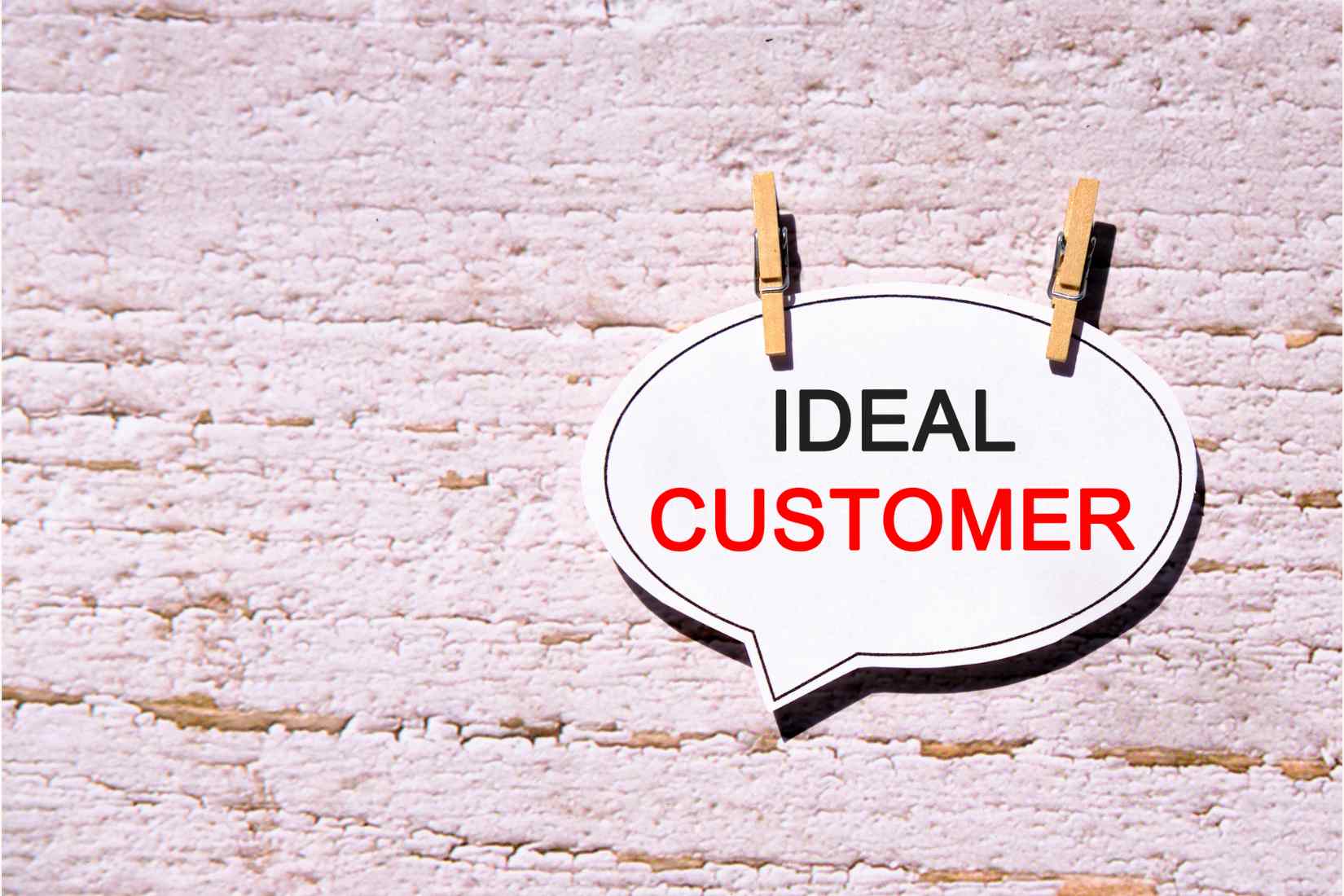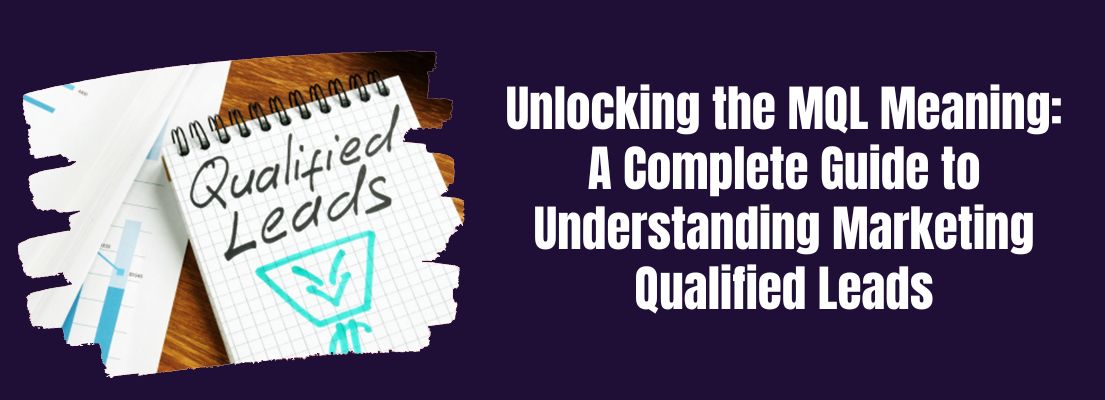Developing an ideal customer profile (ICP) is an essential element of any B2B strategy plan. An ideal customer profile is a description of the type of company that would be the most likely to benefit from your product or service. Companies that align with your ICP are essential for growing your business as they are more likely to buy, stay loyal to your product, and recommend you to others.
Why do you need to create an ideal customer profile?
Creating an ideal customer profile (ICP) is like having a GPS for your B2B marketing journey. These are the purposes of the ideal customer profile.
Focusing marketing and sales efforts: You want to focus your efforts on high-value prospects that are more likely to convert, right? That’s where an ideal customer profile comes in. You can create targeted campaigns and messaging that speak directly to them. And you know what that means? More conversions and a higher return on investment by understanding your target customer’s specific needs, pain points, and preferences.
Tailoring product development: An ideal customer profile also helps you tailor your product development. Imagine being able to create features and products that your customers will love because you understand exactly what they need. That’s the power of tailoring your product development.
Improving customer acquisition and retention: When you clearly understand your ideal customer, you can identify and target the right prospects and improve your conversion rate. Additionally, you’ll see higher customer retention rates by creating better customer experiences based on your ideal customer’s specific needs. And who doesn’t love happy customers that stick around?
Enhancing brand positioning and differentiation: You can differentiate yourself from your competitors and establish a clear brand positioning in the market by focusing on the specific needs and pain points of your ideal customer. This will increase brand awareness and credibility and, ultimately, drive more business.
Increasing customer lifetime value: Last but not least, an ideal customer profile can improve the overall lifetime value of your customer. You’ll generate more repeat business by developing products and features that meet their evolving needs and increase customer satisfaction. And, let’s be honest, repeat business is the gift that keeps on giving.
So here are the steps you should take to create an ICP for your business:
Step 1: Identify your best customers
To understand who you should target, start by taking a closer look at your existing customers. Make a list of the ones who bring in the most revenue, have been with you the longest, or have referred you the most. These customers are the ones who are contributing the most to your success, so it’s essential to understand what makes them tick.
It’s also essential to identify who your least ideal customer is. You can avoid wasting time and resources on prospects who are unlikely to convert by understanding who is unlikely to become a customer.
Step 2: Connect with them
It is essential to learn as much as possible about your ideal customers and why they are the best fit for your business.
How can you find these answers?
Learning as much as possible about your ideal customers and why they are the best fit for your business is essential.
How can you find these answers?
Talk to your customers. Gaining insight into your ideal customers requires engaging with them directly. Speak to your top ten customers to learn more about their needs, challenges, and expectations when using your product.
The end goal is to discover the following:
- Their buying processes
- Who was involved in the buying process
- How they found you
- Why they purchased
- How they’re benefitting from your product
Learning about your customer’s challenges and motivations helps you approach them with targeted messaging and may also reveal new ways of serving them.
Additionally, current customers can help you determine how to target accounts with the same pain points they did.
Here are the questions we at Digital Wasabi typically tell our clients to ask their customers to get a better understanding and reasoning behind their purchasing decisions:
- What steps do you usually take when looking for a solution like ours?
- How did you first hear about our product?
- What pain points were you looking to address when you bought our product?
- What factors influenced your purchasing decision?
- Were there any referrals that influenced your decision to buy?
- Why did you decide to purchase our product?
- What do you love most about our product?
- Are you satisfied with everything (quality, service, support, results, etc.), or something that can be improved?
- Who are the decision-makers when making your purchase decision?
- What benefits do you get out of using our solution today?
- Where do you look for information from your industry? Which blogs, websites, or influencers are you following?
- Which social media platforms do you hang out on?
Step 3: Analyze the data
Once you have completed your interviews and gathered the answers, you should look for any shared characteristics.
What common attributes do these customers share? These common traits will give you a better understanding of who your ideal customer really is and help you build a profile that truly represents your best customer.
Remember to include and analyze firmographics such as location, size of the company, revenue, industry, business model, and organizational structure.
Step 4: Create your ICP
You’ve done the research, gathered the data, and analyzed the insights. Now it’s time to take all that information and turn it into a detailed description of your ideal customer. Think of it as a blueprint for your target customer.
Start by including the patterns you have identified among your most successful customers. The goal is to create a complete picture of your ideal customer so that you can use it as a guide for your marketing and sales efforts. Make sure to include enough detail to bring your ideal customer to life but not so much that it becomes overwhelming.
Step 5: Refine and update
Creating an ICP isn’t a one-and-done project. Instead, it’s a living, breathing document that evolves as your customer base and the market changes. That’s why it’s essential to regularly review and update your ideal customer profile to reflect your target customer accurately.
Think about it like this: Your ideal customer profile is like a GPS for your marketing efforts. And, just like a GPS, if you don’t update it with the latest information, you might end up lost or heading in the wrong direction.
So, take a few minutes each quarter to review and update your ICP. Make sure the demographics, pain points, needs, and preferences are still accurate. And, if there have been any changes in the market or your customer base, make sure to reflect those changes in your ICP.
What’s the difference between ideal customer profiles and buyer personas?
The difference between ideal customer profiles (ICP) and buyer personas is often misunderstood. While both are essential tools for B2B marketers, they serve different purposes and should be used differently. A buyer persona is a semi-fictional representation of your ideal customer. It’s based on market research and data about your target audience and includes demographic, behavior, motivation, and goals information. Buyer personas are used to create a deeper understanding of your target audience and guide content creation, product development, and overall marketing strategy. On the other hand, an ideal customer profile is a detailed description of your best customer. It includes information about the size, location, industry, and revenue of your ideal customer, as well as their pain points and how you can help them solve those problems. An ICP aims to help you identify and prioritize the best opportunities for your business by focusing your efforts on the customers who are most likely to be successful. So, buyer personas help you understand your target audience, while ideal customer profiles enable you to focus your marketing efforts on the right prospects.
The Takeaway
To sum up, it is essential for any B2B business that wants to increase ROI and foster customer loyalty to create an ideal customer profile. Knowing who your ideal customers are, allows you to create content, campaigns, and sales pitches that are specifically tailored to their needs. This will help you make sure that your resources are being used in the most efficient manner.
Related Article: What Is Demand Gen Marketing? Understanding the Basics of Demand Generation
FREE eBook: The 30 Greatest Lead Generation Tips, Tricks & Ideas
Claim your free eBook to start generating more leads for your business.





